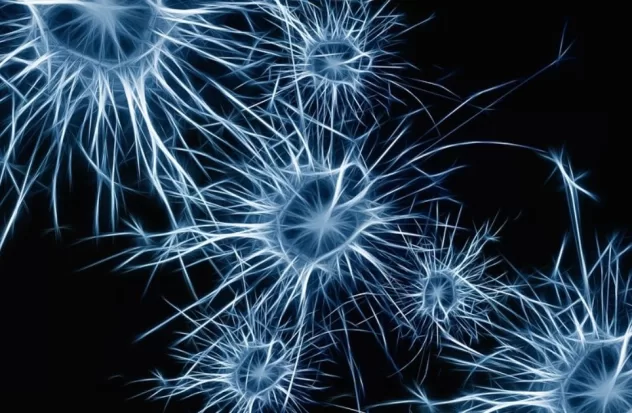MIAMI.- When a decision is made, an entire neuronal dynamic is mobilized in the brain that receives and processes information that supports the selection that has been made, inhibiting those cells that do not contribute anything to the realization of the chosen path or turn, according to a study by the University from Harvard.
In the study they delved into the different types of neurons involved in decision making and how they are connected to each other. The research, conducted in mice and led by neuroscientists at Harvard Medical School, is the first to combine structural, functional and behavioral analyzes to explore how connections between neurons support decision making. The findings were published in the journal Nature.
They found that a specific set of excitatory neurons activated when a mouse decided to turn right. The new study focused on a region of the brain called posterior parietal cortex.
Integration center
Wei-Chung Allen Lee, associate professor of neurobiology at the Blavatnik Institute at Harvard Medical School (HMS) and professor of neurology at Boston Children’s Hospital, describes it as an “integrating center” that receives and processes information gathered by multiple senses to help animals to make decisions. Lee is co-senior author of the paper with Christopher Harvey, professor of neurobiology.
In the research, mice were asked to choose which path to take in a maze to find a reward. The researchers found that a mouse’s decision to go left or right activated sequential groups of neurons, culminating in the suppression of neurons linked to the opposite choice.
“We were interested in understanding how neural dynamics arise in this area of the brain that is important for navigation decision-making,” Lee said. “We’re looking for connectivity rules: simple principles that provide a basis for the brain’s calculations when it makes decisions,” Lee said.
Map connections
Harvey’s lab uses mice to study functional and behavioral aspects of decision making. Typical experiments involve placing a mouse in a virtual reality maze and recording neural activity while it makes decisions. Such experiments have shown that distinct, but intermingled, sets of neurons fire when an animal chooses left or right.
Lee’s lab used powerful microscopes to map structural connections between the same neurons recorded during the maze task.
By combining modalities, the researchers distinguished the excitatory neurons (those that activate other cells) of the inhibitory neurons, which suppress other cells. They found that a specific set of excitatory neurons activated when a mouse decided to turn right, and these “right turn” neurons activated a set of inhibitory neurons that slowed down the activity of the “left turn” neurons. The opposite happened when a mouse decided to turn left.
“When the animal expresses a choice, neural circuit wiring can help stabilize that choice by suppressing other options,” Lee said. “This could be a mechanism that helps an animal maintain a decision and prevents ‘changes of mind.'”
Findings need to be confirmed in humansalthough Lee hopes the findings may have a correlation in how people make decisions.
Researchers see many directions for Future investigations. One of them is exploring connections between neurons involved in decision-making in other regions of the brain.
“We used these combined experimental techniques to find one connectivity rule, and now we want to find others,” Lee said.
The brain is continually making decisions that help people survive, adapt, grow and evolve. Therefore, how a mental resolution is reached is a matter of study by scientists, the study reveals.
How neurons communicate
Researchers have gained new insights into how neurons in the brain communicate during a decision and how their connections can help reinforce a choice.
“How the brain is organized to help make decisions is an important and fundamental question, and the neural circuits (how neurons connect to each other) in areas of the brain that are important for decision making, concluded Wei-Chung Allen Lee . Future research will be able to determine what happens when a decision is changed or if, on the contrary, a “neural experience” allows it to remain firm.
Source: Harvard University /Nature / Infobae

